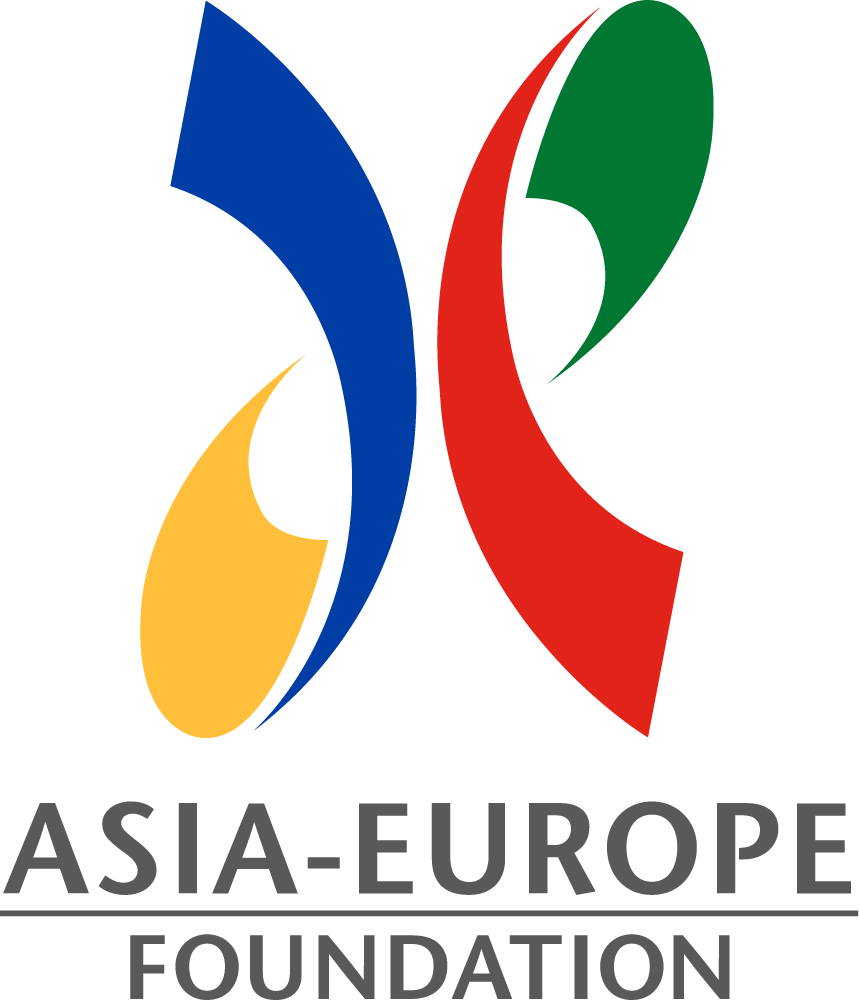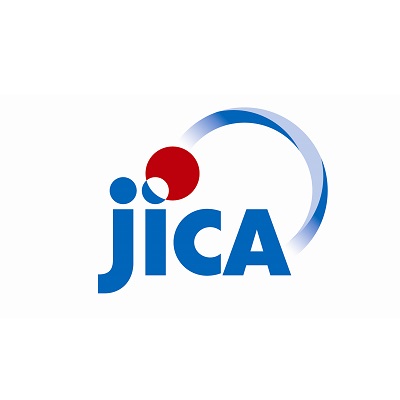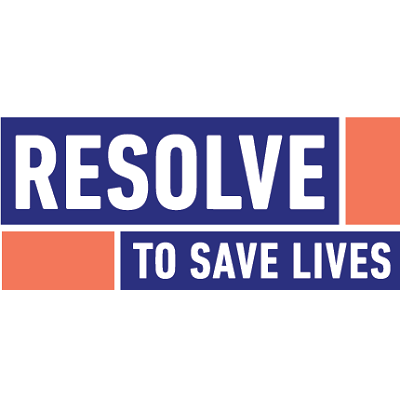WHO counts on the support of over 800 collaborating centres to do its mandated work and implement its programmes. To find out what these WHO collaborating centres are and their area of work with WHO please visit the database. You can also learn more about the WHO collaborating centres here.
Neighbouring Countries









23 - 27 July 2018
27 - 29 June 2016
18 - 20 September 2017
No Data!
Strategic Risk Analysis and Profiling for Health Emergencies
Ground Crossing
Port
Airport
No Data!
Completed
2023
AMR Self Assessment
No Data!
MPC
Multisectoral Preparedness Coordination
Universal Health Coverage
Sustainable Development Goals
SDG Target 3.b
SDG Target 3.c
SDG Target 6.2
Others
Conducted
2018
NAPHS
Published Plans in or before 2009
Influenza Plan
D - National AMR action plan approved by government that reflects Global Action Plan objectives, with a budgeted operational plan and monitoring arrangements.
AMR PLAN
Public Health Emergencies Preparedness
-
 Asian Infrastructure Investment Bank (AIIB)
Asian Infrastructure Investment Bank (AIIB) -
 PIP Framework
PIP Framework -
 Asia-Europe Foundation (ASEF)
Asia-Europe Foundation (ASEF) -
 Japan International Cooperation Agency (JICA)
Japan International Cooperation Agency (JICA) -
 Asian Development Bank (ADB)
Asian Development Bank (ADB) -
 Resolve to Save Lives
Resolve to Save Lives
-
To prevent, detect and respond to the threat posed by COVID-19 and strengthen national systems for public health preparedness in Indonesia (this is the same as the parent program).
-
To establish and strengthen influenza surveillance systems, knowledge and capacities for a timely and appropriate response to pandemic influenza
-
To analyse and understand the various plans used for risk communication during the COVID-19 pandemic. Coverage: Asia and Europe
-
Research capacity of Indonesian researchers in the field of rabies-related and other viral infectious diseases derived from flying foxes is strengthened.
-
The Program’s objective is to mitigate the adverse impacts of COVID-19 on the health of the Indonesian population as well as on the country’s overall economy by providing budgetary support. The Program aims to enable the GoI to provide urgently needed social expenditures and expand its social assistance programs for the poor and vulnerable to reduce the adverse social and economic impacts of COVID-19.
-
The Program’s objective is to mitigate the adverse impacts of COVID-19 on the health of the Indonesian population as well as on the country’s overall economy by providing budgetary support. The Program aims to enable the GoI to provide urgently needed social expenditures and expand its social assistance programs for the poor and vulnerable to reduce the adverse social and economic impacts of COVID-19.
-
To analyse and understand the various plans used for risk communication during the COVID-19 pandemic. Coverage: Asia and Europe
-
To provide 70 cities with technical and financial assistance to respond to COVID-19
- Zoonotic Disease
- Food Safety
- Biosafety and Biosecurity
- Immunization
- National Laboratory System
- Real-Time Surveillance
- Reporting
- Preparedness
- Emergency Response Operations
- National Institute of Infectious Diseases (NIID)
- AFENET
- Africa Centres for Disease Control and Prevention (Africa CDC)
- African Society for Laboratory Medicine (ASLM)
- Argentina, National Food Safety and Quality Service (SENASA)
- Asia-Europe Foundation (ASEF)
- Asian Development Bank (ADB)
- Asian Infrastructure Investment Bank (AIIB)
- Australia
- Australia, Department of Foreign Affairs and Trade (DFAT)
- Austrian Development Agency (ADA)
- BDC
- Bill & Melinda Gates Foundation (BMGF)
- Brazil, Ministry of Agriculture, Livestock, and Supply (MAPA)
- Coalition for Epidemics Preparedness Innovations (CEPI)
- Deutsche Gesellschaft für Internationale Zusammenarbeit (GIZ)
- Ending Pandemics
- EpiAFRIC
- EPPR
- European Union
- FAO Emergency Centre for Transboundary Animal Diseases (ECTAD)
- Fleming Fund
- French Embassy
- Fundación Maris Llorens
- GAVI, The Vaccine Alliance
- Global Affairs Canada (GAC)
- International Association of National Public Health Institutes (IANPHI)
- International Federation of Biosafety Associations (IFBA)
- International Federation of Red Cross and Red Crescent Societies (IFRC)
- International Regional Organization for Agricultural Health (OIRSA)
- Japan International Cooperation Agency (JICA)
- Japan International Cooperation System (JICS)
- Lions Clubs International
- Mekong Basin Disease Surveillance (MBDS)
- National Center for Global Health and Medicine (NCGM)
- Norwegian Institute of Public Health (NIPH)
- PIP Framework
- Resolve to Save Lives
- Swiss Agency for Development and Cooperation (SDC)
- The Service for the National Health for Food Safety and Food Quality (SENASICA)
- U.K, Department for International Development (DFID)
- U.N. Food & Agriculture Organization (FAO)
- U.S. Agency for International Development (USAID)
- U.S. Defense Threat Reduction Agency (DTRA)
- U.S. Department of Agriculture (USDA)
- U.S. Department of Defense (DoD)
- U.S. Department of State (DoS)
- U.S. National Institutes of Health (NIH)
- UK Health Security Agency (UKHSA)
- United Nations Children's Fund (UNICEF)
- United States Centers for Disease Control and Prevention (U.S. CDC)
- World Bank
- World Health Organization (WHO)
- World Organisation for Animal Health (WOAH)
AMR support activities
- Epidemiology/Surveillance
- Antibiotic use, Stewardship, Clinical Guideline Development
- Veterinary Health/Zoonoses
- Knowledge Exchange
- Technical Support
- Capacity Building